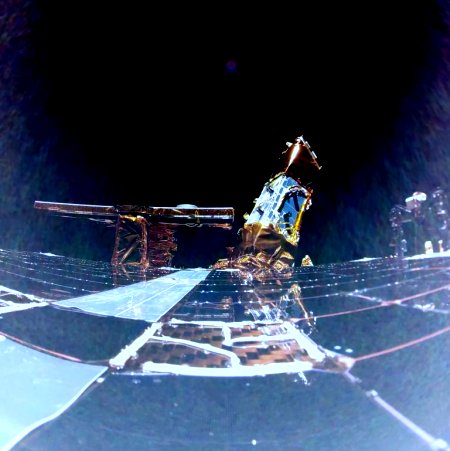January 16, 2025 Quick space links
Courtesy of BtB’s stringer Jay. This post is also an open thread. I welcome my readers to post any comments or additional links relating to any space issues, even if unrelated to the links below.
- Voyager announces minor name change and major re-organization
The company has divided itself into three divisions, only one of which is focused on its space station project. The goal is to try to get business in other areas.
- A review of Starliner’s unknown status months after the capsule returned to Earth
No new information, which in itself bodes badly for Starliner. It appears Boeing is increasingly reluctant to move forward if it will cost it any more money.
- Berger claims multiple sources confirm the arrival of David Limp as CEO of Blue Origin last year saved the company
No news here either. The change was obvious from day one.
- Hubble faces budget cuts
To translate: Give us more money! I’d be more sympathetic if NASA was more willing to consider a rescue mission. If not, then there is every reason in the world to begin winding down operations.
- China touts its lunar rover concepts
The video is in Chinese, has great dramatic background music, but shows nothing but very simple concepts.
- India’s government approves third launchpad at its main spaceport at Sriharikota
They need more redundancy as their gear up for their first manned missions.
Courtesy of BtB’s stringer Jay. This post is also an open thread. I welcome my readers to post any comments or additional links relating to any space issues, even if unrelated to the links below.
- Voyager announces minor name change and major re-organization
The company has divided itself into three divisions, only one of which is focused on its space station project. The goal is to try to get business in other areas.
- A review of Starliner’s unknown status months after the capsule returned to Earth
No new information, which in itself bodes badly for Starliner. It appears Boeing is increasingly reluctant to move forward if it will cost it any more money.
- Berger claims multiple sources confirm the arrival of David Limp as CEO of Blue Origin last year saved the company
No news here either. The change was obvious from day one.
- Hubble faces budget cuts
To translate: Give us more money! I’d be more sympathetic if NASA was more willing to consider a rescue mission. If not, then there is every reason in the world to begin winding down operations.
- China touts its lunar rover concepts
The video is in Chinese, has great dramatic background music, but shows nothing but very simple concepts.
- India’s government approves third launchpad at its main spaceport at Sriharikota
They need more redundancy as their gear up for their first manned missions.










